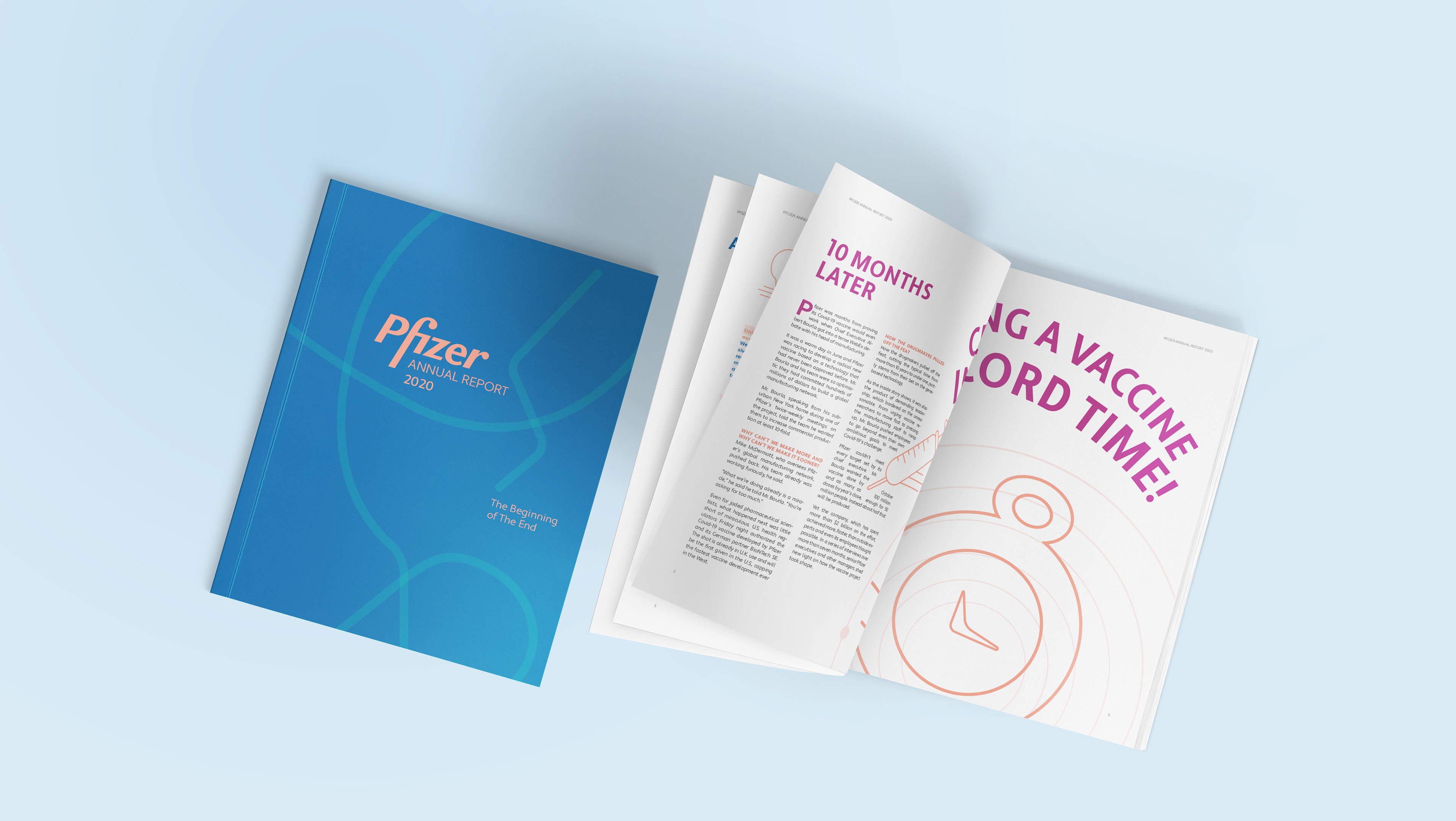An app for use on IPADs and tablets to increase empathy and enhance communication between patients and medical staff
Please click here to read my master's thesis titled "Redesigning Waiting Areas in Healthcare Facilities: Using Service Design to Enhance the Patient and Visitor Experience."
_______________________________________________________________________________________________________
The investigation began with a broad question and was narrowed down to a specific problem after conducting primary and secondary research. Below are the research methods that were used in this study.
Research Methods
– Literature Review
– Interviews
– Focus Groups (Co-Design Sessions)
– Post-Focus Group Survey
– Observations
– Personas
– User Journey Map
– Interviews
– Focus Groups (Co-Design Sessions)
– Post-Focus Group Survey
– Observations
– Personas
– User Journey Map
____________________________________________________________________________________________________________
Broad Question
What challenges are medical staff, patients, and visitors facing during the primary care waiting room experience in hospitals and clinics?
____________________________________________________________________________________________________________
Narrow Question/Problem to Solve
How can empathy and communication improve between patients and medical staff?
____________________________________________________________________________________________________________
The Solution: My Waiting Room Co-Creation Tool
The study resulted in a co-creation app called My Waiting Room made for use on IPADS or tablets provided by the healthcare facility. The goal of this tool is to increase empathy and enhance communication between patients and medical staff. It grants patients, visitors, medical staff, administrators, and other stakeholders the ability to communicate ideas in one place using visual elements, photos, and words. Templates are provided to communicate ideas in user journey maps, service blueprints, notes, and storytelling boards.
Results
– Developed a tool that can increase empathy and communication among medical staff and patients
– Participants had an increased understanding of people’s sensitivities and frustrations.
– Participants expressed in the survey that they enjoyed the focus group activities and felt safe to share thoughts and ideas.
____________________________________________________________________________________________________________
Research Highlights
Interview Findings
I conducted 25 interviews with adults over the age of 18 and of any gender, who have visited a primary care waiting room within the last 3 years. Due to lack of time, 17 out of 25 interviews were analyzed, coded into themes, and quantified. Below are the main findings.
Focus Groups
I conducted two focus group sessions using Miro, taking participant suggestions for how waiting rooms could be improved from the interviews. I placed them on sticky notes on the Miro Board with red dots indicating that a participant dislikes the particular object, situation, or activity in the waiting room, and green dots indicating that a participant likes the particular object, situation, or activity. On the portion of the screen below the rows of sticky notes, I created a section with blue sticky notes for additional ideas. Participants were able to type out their ideas on the blank sticky notes and place green dots or red dots on them to voice their opinion.
Focus Group 1 Results
Participants: Social Worker, Enterprise Resource Planning Specialist, Graphic Designer, and a Food Service Crew Member
Focus Group 2 Results
Participants: Pharmacist, Pharmacy Technician, Community Health Worker, 2 Graphic Designers
Post-Focus Group Survey Results
User Personas
I created user personas which are fictional characters who represent target users. This data has allowed me to put myself in the patient’s place and understand what it is like to walk through their experience.
Observations
I observed two healthcare facilities in order to understand what occurs in the primary care waiting room experience during the pandemic-driven society of today so that I would be able to create the user journey map.
User Journey Map
The user journey map shows the process a patient goes through from booking their primary care appointment until they enter the exam room.
The primary research methods have revealed a recurring theme—the lack of empathy, compassion, and communication throughout the waiting room experience. Patients misunderstand medical staff’s struggles and assume they do not care about patients. Medical staff may not always be actively listening to patient concerns.
Solution: My Waiting Room Co-Creation Tool
The app has two modes: 2D Floor Plan and Maps mode. Both modes have a set of tools on the left side that allow users to move items, create shapes, make lines, add text, add more floor plans, and undo and redo moves. Users can share their floor plans and maps with other users and once shared, other users can add text and shapes to comment or move elements around.
2D Floor Plan Mode
2D Floor Plan Mode allows users to decorate the waiting room however they would like with furniture, decorations, and more. They may also work with a variety of textures and colors.
Maps Mode
Maps mode allows users to choose from a list of templates such as user journey maps, service blueprints, notes, and storytelling boards.
Conclusion
– Service design methodology pushes for innovation and will allow the healthcare industry to achieve a more human-focused approach in their care.
– Collaboration between patients, designers, medical staff, administrators, and experts from different fields, using co-creative tools, will increase the level of empathy between all stakeholders and drive innovative solutions for improving services in healthcare.
– The emphasis of the principles of service design allows those inside and outside of the design discipline to see the value and impact service design brings to the healthcare industry.
_______________________________________________________________________________________________________
Future Research
– Test the My Waiting Room app with users.
– Gather feedback, make iterations, and test until users are satisfied.
– Research wait times in the exam room.
– Investigate urgent care waiting rooms and emergency rooms as participants during interviews expressed higher levels of stress in those specific waiting rooms.
– Interview medical staff to create a service blueprint that shows the user’s journey alongside the backstage elements.
Tools Used: Adobe XD, Adobe Photoshop, Adobe Illustrator, Adobe InDesign, Miro, Zoom, Google Forms









